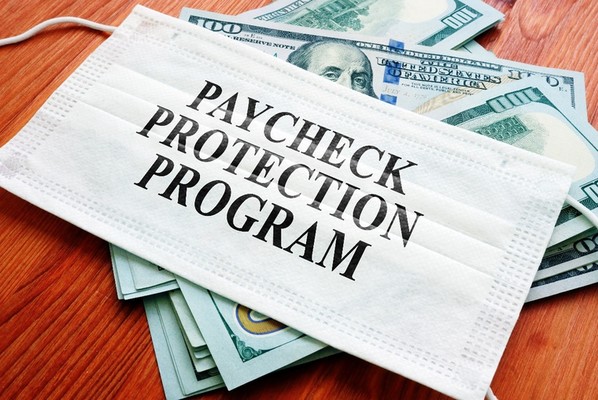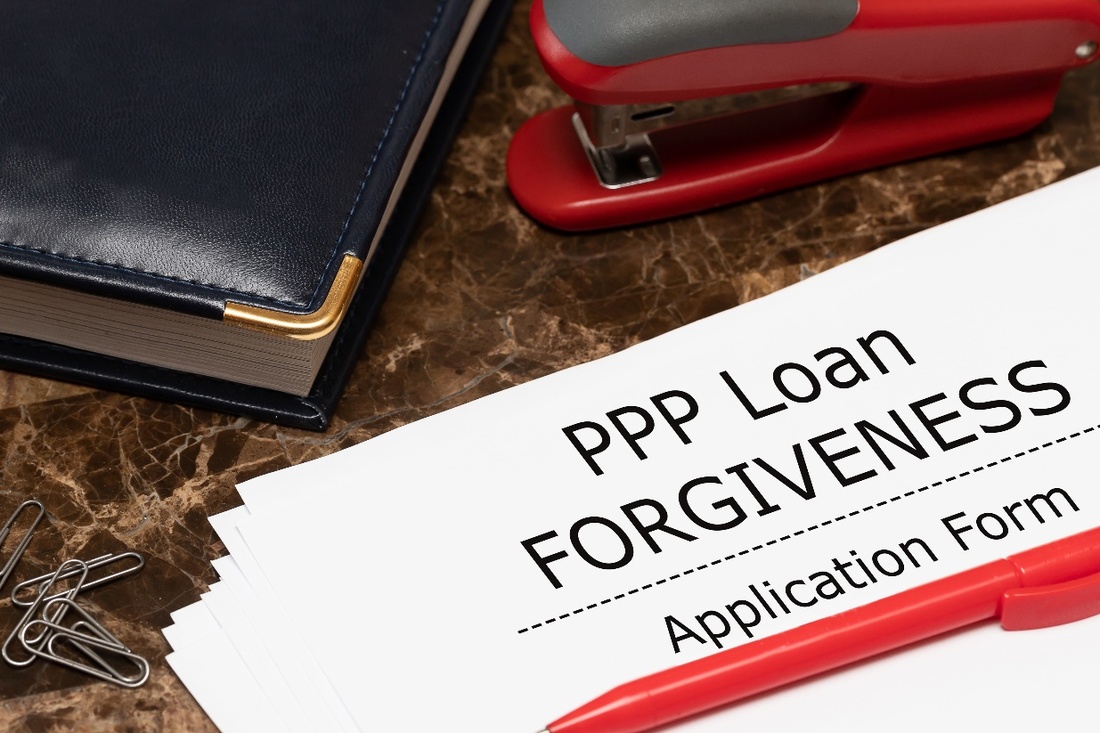
The COVID-19 pandemic has Resulted in a Quick Contraction in economic activity, such as aggressively reduced employment and prevalent temporary company closures (Bartik et al 2020a). Small companies have been especially hard hit by the catastrophe, with employment throughout April 2020 decreasing over 18 percent in companies with under 50 employees, compared to just 13 percent at companies with more than 1000 workers (ADP April Employment Report, 2020).
In anticipation of this economic Effect of COVID-19 associated disruptions, Congress established the Paycheck Protection Program (PPP) within their CARES Act passed on March 27, 2020. PPP permitted small and medium-sized companies that certified their companies were"substantially influenced by COVID-19 to carry up uncollateralized, low-interest rate loans up to 2.5 times yearly pre-COVID taxpayers -- with the capacity for loans to be forgiven entirely.
The scale of this stimulus package was tremendous -- Supplying $649 billion in loans over two tranches. Software for the initial tranche of all PPP loans began April 3, 2020, and added funds for about $349 billion in loans which have been drained by April 16, 2020.
The next tranche, accepted in a revised invoice on April 24, started being dispersed on April 27, 2020, and added over $300 billion in extra funds. While administering PPP through banks enabled for quick shipping, in addition, it decreased the government's capability to target the capital (e.g. to companies in need, or to companies in which the capital would have the most significant effect ). Rather, app take-up was mostly left to financial conclusions, particularly during the initial tranche if there was substantial excess demand for financing.
In this paper, we explore the take-up and Effect of first-tranche PPP loans, with all surveys of small companies conducted through Alignable between April 25 and April 27. Ninety percent of those survey responses were gathered before the first day of the next tranche of PPP financing, in a time when access to loans has been limited. We assess the feasibility of capital out of the first- tranche utilizing a version in which the social planner transactions off the rate of loan delivery together with the efficacy of loan targeting.
How did banks devote PPP money? We find that companies which were impacted by COVID-related disruptions were prone to seek capital. Firms with less cash available,
Companies in more influenced sectors and Companies reporting more distress as a result of a catastrophe were markedly more inclined to employ for PPP loans. Nonetheless, these programs from troubled companies were less likely to be accepted. Although, more influenced companies were less likely to obtain PPP loans throughout the initial tranche, to assess whether this allocation of loans had been suboptimal we have to identify if the effects of PPP financing accounted for all these companies relative to less influenced companies.
Ultimately, we investigate heterogeneity in therapy Consequences by different business characteristics to check if banks targeted PPP funds dependent on the effectiveness of this loan for company survival.
Along with some measurements, like companies' self-reports of this pandemic's influence and staying cash-on-hand, acceptance likelihoods were lower than typical despite those companies having elevated human-level treatment advantages from getting PPP funding. Along with other dimensions, most notably citizenship dimensions, the companies approved for financing did have greater estimated treatment outcomes.
This sheds light on the consequences of assigning lending choices to banks, instead of having the government select receivers. Loans have been delivered very quickly and so were well-targeted on a few but not all measurements.
Some banks appear to have favored companies with closer connections to the lender, instead of those in larger distress or with greater treatment effects. On banks' targeting seems to perform better than an arbitrary allocation of these loans; designing applications with principles for superior targeting might have led to an additional delay in receiving funds to destitute businesses.
Analyzing the impacts of the CARES behave provisions. Employment effects are usually favorable in such other newspapers, but they are usually modest. This permits a clearer picture of which companies were likely to apply for, get, and gain from PPP loans, shedding light on this new program might interact with proven literature on fiscal limitations (Myers and Majluf 1984, Holmstrom and Tirole 1997, Fazzari et al. 1988, Kaplan and Zingales 1997).
Due to complementary function, we're also able to measure changes in companies' expectations regarding survival and endurance, providing significant context for its long-run ramifications of PPP if enhanced balance sheets make it possible for companies to better weather the COVID-19 catastrophe.

The paper continues as follows. The following section Explains the foundation of the CARES act along with the plan of this Paycheck Protection Program. We then present a theoretical framework of people crisis-lending that illuminates the tradeoffs the government faces in deciding whether to assign loan delivery or not involving supplying loans fast or targeting loans into those companies who have the greatest social benefit of getting the loans. The fourth section explains the survey data we use in Alignable. In Sections 5-6, we provide results on the features of companies who employed and obtained PPP loans.
II. CARES Act
In its blend of expeditious TheCongressional
Budget Office estimated that it could include $1.7 Trillion into the U.S. shortage, and the Senate passed.
Diagnosed COVID-19 instances in America. March 17, 18, and 19 turned up yet another 10,993 instances, also on
For America asked $50 billion in support.
Summarize the background of the total action and its successor. We'll concentrate on one particular part of their CARES Act -- that the Paycheck
Issuing a statewide stay-at-home purchase.
While the American beginning of this disease was Unusually fast, observers immediately grasped the financial effect of the pandemic can be devastating. Before the first Significant
Called for about $325 billion in restaurant-related help
Had called on Congress to pass a 1
The first Taxpayers, $200 billion for desperate businesses including the airways, and $300 billion for"small business disruption loans"
